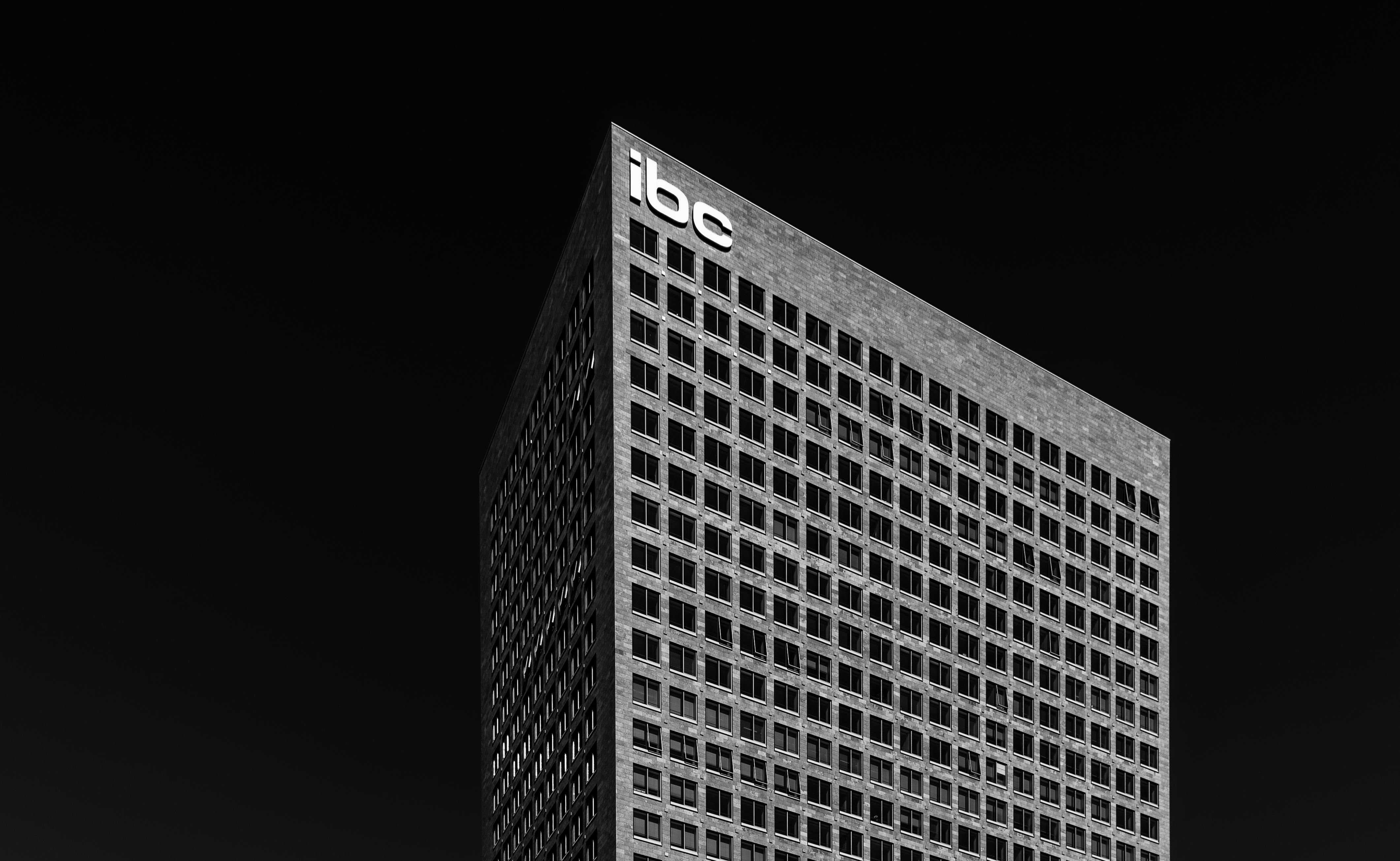
Retail Property Managers: Tenant Selection Tips for Better Property Performance
When you lease or manage a shopping center, it’s tempting to take the first tenant to come in to fill a long-term vacant space on the property. Yes, I know we are always looking for the best tenants to come onto our property, but waiting too long for the right tenant can detract from asset performance and owner cash flow. The pressure is on, if you know what I mean!
Owner is looking for fast results and a stable market rent. That’s why they help us manage and lease the property for them. So are you putting yourself under pressure to find a new tenant or are you hoping to find the best fit for your mix of tenants?
It is a fact that a vacant rental space reduces the visual appearance of the property and can disrupt the mix of tenants. If you have a few openings close to each other on the same business property at the same time, the impact is much greater. While that is a pressured situation, you still need to be very careful about the tenant choices you make on the property.
If you choose tenants with little experience or those who don’t fit the needs of the buyer or tenant mix, you will spread the problems and just move them. After a few months, you’ll be back full circle with another vacancy and a delinquent tenant. All of that costs time and money.
So, let’s establish some rules to help in the situation of solving a tenant screening process and placing them in a vacant space in a commercial property.
- Who are the people in the business? When dealing with a small business, it pays to understand who owns the business and who is the senior partner or decision maker. Someone will have the ‘edges of the portfolio’ in the business.
- What do they know about retail and your product or service? They should have some track record of success elsewhere. If that’s in a shopping center, see if you can talk to the property manager or owner to get some feedback and facts about the success and history of the business.
- Where have they been operating from for the last few years and can they show you their audited cash flows? Your accountant will be the best person to provide that information. You can also ask to see the business plan they are working on.
- The location of the tenant mix will have a lot to do with your service or product. They will need to complement the other tenants around them. Look for similarities in tenant placement. The ‘bundling’ process works in retail leasing and management.
- The terms and conditions of the lease will be set by the lessor and negotiated with the lessee. You should have a basic set of terms that are fixed (non-negotiable) and others that you can compromise on.
- If the tenant wants incentives in the leasing process, they should only do so if the landlord’s basic lease terms and conditions are met and they get a solid set of lease agreements in the lease. Nothing is actually agreed upon until the lease is signed; remember that!
- Guarantees must be provided to the landlord to offset any potential breach of the lease should it occur. Personal guarantees are worthless, so look for a cash bond or bank guarantee from your tenants. The value of the guarantee must be equivalent to at least 3 months of rent.
So the message here is that all tenants need to be vetted and verified before they are allowed to lease the vacant premises on your commercial property. When you are careful in the selection process, the property will perform better in the long run for the landlord.